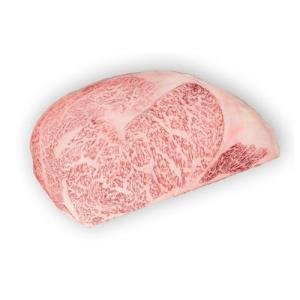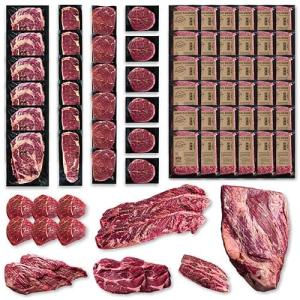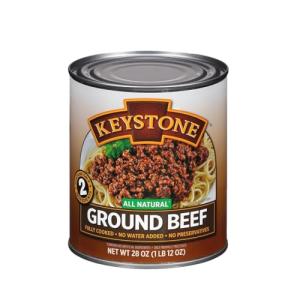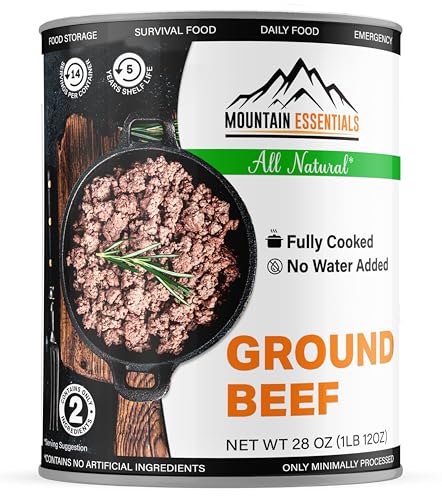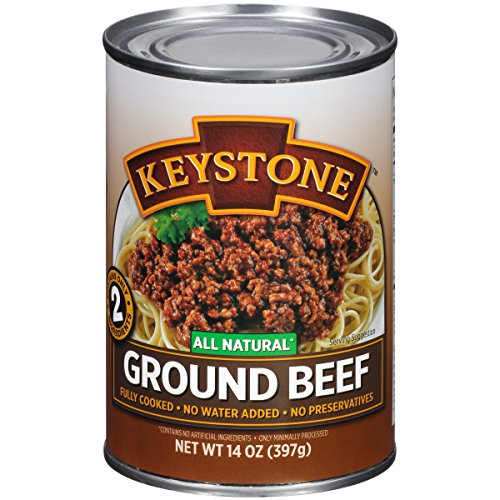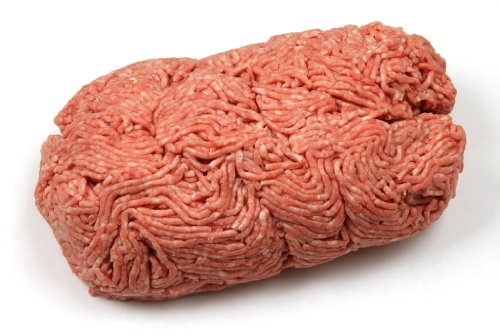If you’re diving into the world of beef, you’ve probably heard the buzz about grass-fed beef. It’s more than just a trendy term—there are real benefits and flavors that set it apart from grain-fed beef. Let’s break it down!
First off, grass-fed beef usually packs a nutritional punch. Cows that graze on grass tend to have higher levels of omega-3 fatty acids, which are great for heart health. You’ll also find a good amount of vitamins A and E along with antioxidants in grass-fed beef. This means you’re not just enjoying a tasty meal; you’re getting healthier options on your plate.
Now, let’s talk about the flavor. Grass-fed beef has a distinct taste that’s often described as richer and more robust. It tends to have a slightly earthy flavor that really shines through. Many people say you can taste the difference between grass-fed and grain-fed beef right away. If you’re a foodie or just love a good steak, the depth of flavor in grass-fed beef is worth exploring.
When thinking about the difference between grass-fed and grain-fed beef, consider your cooking options too. Grass-fed beef cooks just a bit differently. It often cooks faster and can dry out quicker, so keeping an eye on it is key. But when prepared right, it can bring a deliciously unique twist to your favorite dishes.
Grain-Fed Beef Key Features and Taste
Grain-fed beef has some standout features that set it apart. For starters, it tends to have a leaner appearance with a nice marbling of fat throughout the meat. This marbling is key to what many people love about grain-fed beef—it adds flavor while keeping the meat juicy. You can expect a buttery texture which is great for burgers, steaks, or any dish where you want that richness to shine.
When it comes to taste, grain-fed beef offers a sweeter, milder flavor compared to its grass-fed counterpart. This makes it super versatile in the kitchen. Whether you're grilling up some steaks or simply making a hearty beef stew, that tenderness and rich flavor really elevate the dish. If you're someone who loves bold seasoning and sauces, grain-fed beef lets those flavors stand out without competing with a strong meat taste.
Another big plus? Grain-fed beef usually cooks a bit faster due to its fat content. If you’re in a rush, this is a real lifesaver. Plus, with its consistent flavor and tenderness, you can count on it delivering great results every time, whether you’re a novice cook or a seasoned chef.
So, if you’re diving into the differences between grass-fed and grain-fed beef, know that grain-fed beef offers its own unique appeal. It's packed with flavor, tenderness, and it can really elevate your meals. This makes it a go-to choice for many beef lovers out there!
A5 Japanese Wagyu Ribeye Steaks - Premium Beef
Indulge in the melt-in-your-mouth tenderness and rich flavor that only A5 Japanese Wagyu can offer
Product information
$1,488.00
Product Review Score
4.39 out of 5 stars
178 reviewsProduct links
Nutritional Comparison of Both Beef Types
When diving into the difference between grass-fed and grain-fed beef, it’s essential to check out their nutritional profiles. Both types of beef can be tasty, but they offer different health benefits. Let’s break it down!
Grass-fed beef usually packs more nutrients. It's higher in omega-3 fatty acids, which are great for your heart and overall health. This beef also has more vitamins like A and E, plus antioxidants that can boost your immune system. If you're looking for a healthy choice, grass-fed beef might be the way to go.
On the other hand, grain-fed beef is often more marbled, which means it's juicy and tender. This type of beef usually has a higher fat content and can be richer in flavor. If you're aiming for that melt-in-your-mouth experience, grain-fed beef is usually king. Just keep in mind that it's not as nutrient-dense as grass-fed.
It really comes down to what you value in your diet. If you want better nutrition and don’t mind a leaner cut, grass-fed is your buddy. If flavor and tenderness top your list, grain-fed might be your pick. Knowing the difference between grass-fed and grain-fed beef can help you make a choice that suits your taste and health goals!
Nebraska Star Beef Premium Steak Variety Pack
Enjoy a juicy selection of top-quality steaks that will elevate your grilling game
Product information
$1,599.99
Product Review Score
4.39 out of 5 stars
95 reviewsProduct links
Environmental Impact of Beef Farming Choices
When it comes to the environmental impact of beef farming, choosing between grass-fed and grain-fed beef makes a real difference. Grass-fed beef typically has a lower carbon footprint because these cows graze in pastures, which helps improve soil health and promote biodiversity. When cows eat grass, they also help maintain grasslands, which are crucial for storing carbon and supporting various wildlife.
On the flip side, grain-fed beef often comes from factory farms where cattle are raised in confined spaces. These large operations can lead to higher greenhouse gas emissions due to the feed production, waste management, and energy use needed to keep the system running. The grain itself usually requires significant amounts of water and chemical fertilizers, which can pollute local waterways and deplete natural resources.
Choosing grass-fed over grain-fed beef can also reduce the use of antibiotics and hormones commonly found in feedlot operations. Many people are concerned about the health implications of these additives, not just for cattle, but for us too. Going for grass-fed beef is often seen as a healthier option for both the environment and our plates.
Ultimately, the Difference Between Grass-Fed And Grain-Fed Beef isn't just about taste or price; it's about making choices that can have a positive impact on our planet. Every bite counts, so think about where your beef comes from and how it affects our world.
